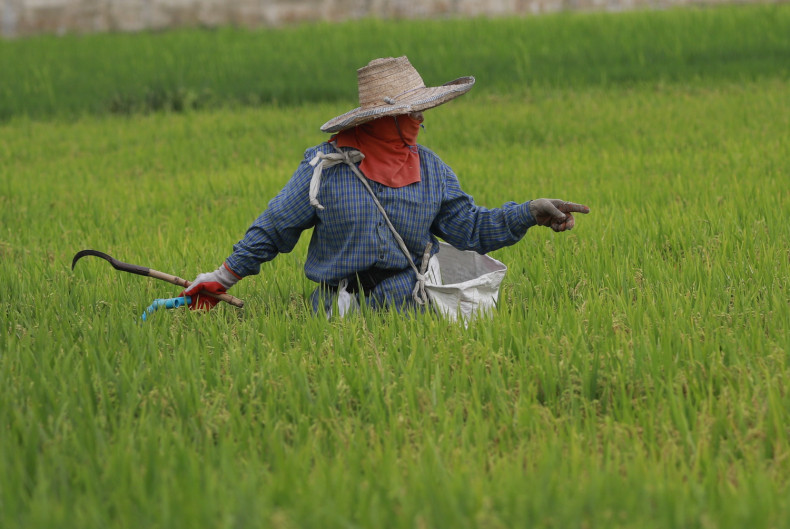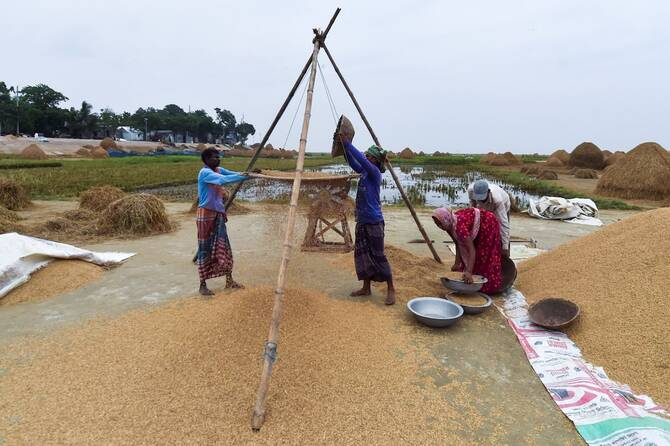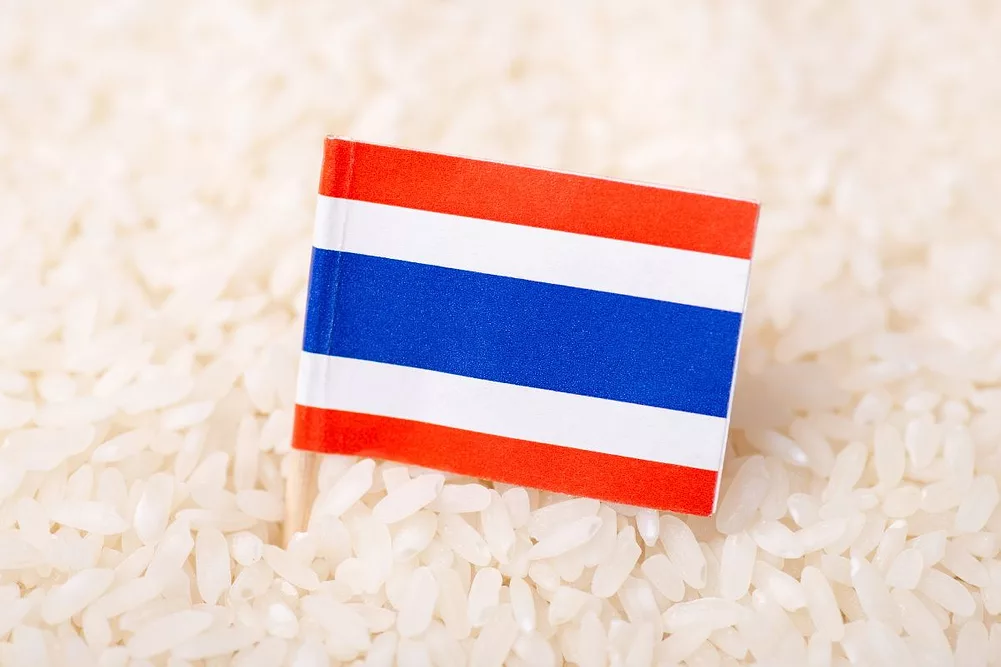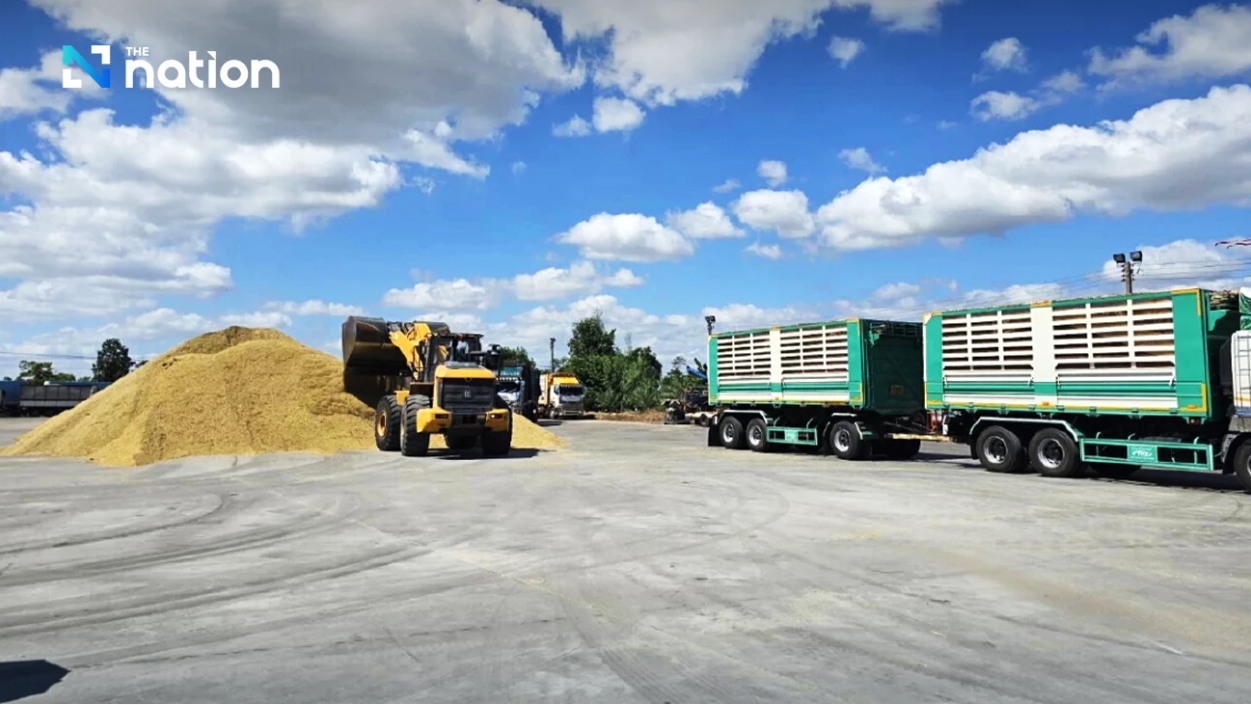Tags
R&D essential for Thai rice

Handing out financial subsidies has become standard protocol for almost every government responding to rice farmers’ calls for help.
This week, the Commerce Ministry approved an additional 1,000 baht per rai for up to 10 rai per farmer, benefiting off-season paddy growers in the Central region. However, farmers argue the assistance is insufficient and plan to increase pressure for further financial support.
This approach is essential for providing quick relief when global rice prices are uncertain or during severe crises and natural disasters.
Yet cash assistance — whether in the form of price guarantees, subsidies, or even market interventions like the scandalous rice-pledging scheme — alone will never solve the fundamental issues weakening Thailand’s rice exports.
For decades, governments and authorities have neglected rice strain development.
Over the past 10 years, farmers and rice exporters have repeatedly urged the government, particularly the Rice Department, to create new rice varieties with higher yields and faster growth cycles.
With no progress in developing improved rice strains, it is no surprise Thai farmers have resorted to smuggling high-yield Vietnamese rice varieties to cultivate locally.
Thailand’s rice productivity stands at just 400 kilogrammes per rai — the lowest in the world — compared to Vietnam’s 800 kg per rai.
The most sought-after Vietnamese strain, which Thai farmers purchase illicitly, produces 1,200kg per rai and matures in just 90 days.
The quality of Vietnam’s rice strains is no coincidence.
It is the result of consistent and well-funded research and development (R&D). The Vietnamese government has made significant investments and launched forward-thinking initiatives.
While Thailand continues to rely on subsidies, Vietnam has introduced bold policies such as the Vietnam Low-Carbon Rice Project (VLCRP), which aims to produce one million tonnes of low-emission rice by 2030.
It remains a mystery why Thai governments and policymakers have shown so little interest in R&D for rice.
Yet history shows that Thailand once prioritised this area.
The country’s rice research legacy dates back almost 120 years to King Rama V, who initiated Thailand’s first rice strain breeding competition as far back as 1907.
The visionary monarch sent the Thai plant breeder, Tri Milinsuth, to study at Cornell University in the United States and later invited foreign professors to train 200 local rice researchers at the Department of Rice.
Thanks to this solid foundation in R&D, Thai rice gained international fame.
It is a great pity that subsequent policymakers failed to continue this legacy. The Rice Department lacks the budget to develop and distribute improved rice seeds to farmers.
Once a hub of innovation, the department’s breeding laboratories have grown quiet, with veteran researchers retiring and the younger generation opting for careers in private agribusiness.
The Paetongtarn administration must change course — shifting from a pro-subsidy to a pro-R&D rice policy.
Without high-quality rice strains that meet both farmers’ and market demands, all subsidies will remain nothing more than an expensive short-term fix.
https://www.bangkokpost.com/opinion/opinion/2974091/rd-essential-for-thai-ricePublished Date: March 6, 2025






